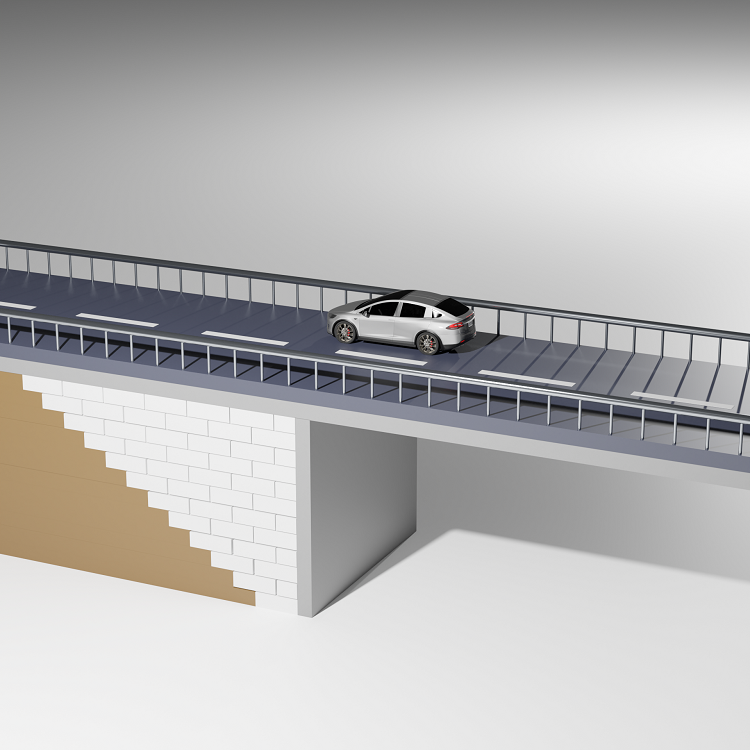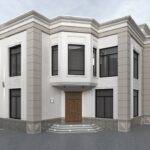Description
Plastbau Geofoam for Bridge Approach Fills
Geofoam for bridge abutments offers numerous advantages when it comes to the construction of bridge approach fills. One of its key benefits lies in its exceptional compressive resistance, allowing it to effectively bear the weight of highway loads while minimizing any potential strain on the underlying soils. This not only ensures the structural integrity of the bridge but also enhances the overall safety and longevity of the infrastructure. Moreover, geofoam’s lightweight nature facilitates easier installation and reduces the overall construction time, making it a cost-effective solution for bridge projects and its future maintenance.
Furthermore, the utilization of Geofoam for bridge abutments substantially reduces the lateral loads exerted on foundations, abutment walls, and other retaining structures in contrast to conventional fill materials. This decrease in transmitted lateral force leads to cost-effective advantages in the structural planning of bridge abutments and walls, as they are no more required to withstand significant horizontal static & dynamic forces.
Bridge Underfill Solutions with Plastbau Geofoam
Geofoam for bridge abutments offers numerous advantages when it comes to the construction of bridge approach fills. One of its key benefits lies in its exceptional compressive resistance, allowing it to effectively bear the weight of highway loads while minimizing any potential strain on the underlying soils. This not only ensures the structural integrity of the bridge but also enhances the overall safety and longevity of the infrastructure. Moreover, geofoam’s lightweight nature facilitates easier installation and reduces the overall construction time, making it a cost-effective solution for bridge projects and its future maintenance.
Furthermore, the utilization of Geofoam for bridge abutments substantially reduces the lateral loads exerted on foundations, abutment walls, and other retaining structures in contrast to conventional fill materials. This decrease in transmitted lateral force leads to cost-effective advantages in the structural planning of bridge abutments and walls, as they are no more required to withstand significant horizontal static & dynamic forces.











